How to Clean Grout On Wall and Floor Tiles
Having tiled surfaces makes for easy cleaning, and with a statement tile, you can make a room look beautiful. Our Villeroy and Boch tiles are an elegant way of combining both your home’s traditional and modern aesthetics. However, the biggest issue faced with having a tiled surface is the grout, a magnet for dirt and stains. Having dirty grout can spoil the sophistication of your home, which can be a shame when you have spent so much time styling your house. This blog will cover how to ensure that your tiled floors and walls stay in the best condition with these tips to clean those pesky grouted areas.
With any grout lines, applying sealant helps to protect it in the long run and eliminates the consistency of cleaning. It is always better to prevent the problem rather than deal with it. Each area of tiling can be prevented differently, and we will cover preventing both walls and floors from staining.
How to Clean Grout in The Shower
Being the most common place to find tiles, the shower is the most frequent area to find limescale and grime. If you live within a hard-water area, this problem may arise more often than those who live in soft-water areas. This is because more minerals are within hard water, which can quickly turn to limescale.
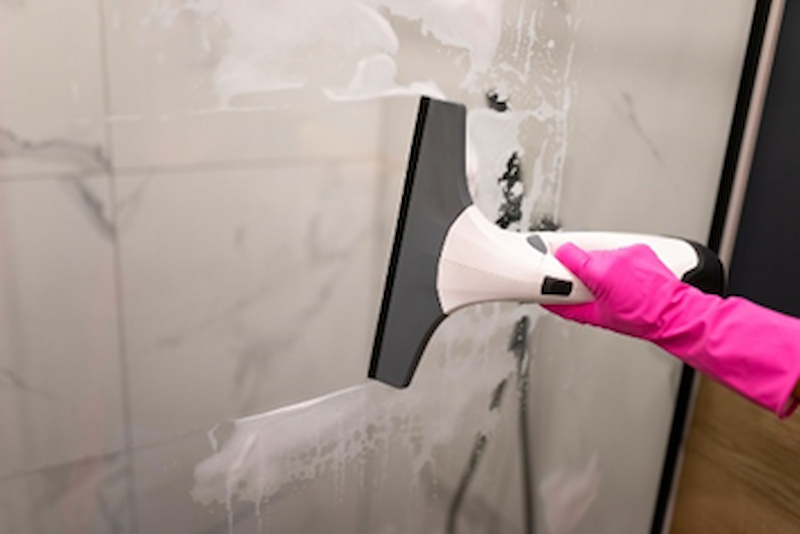
Grout is primarily light coloured and, with its porous texture, is a magnet for trapping moisture. Even the most conscious homeowner will suffer from those unsightly orange stains, so how is it best to prevent them coming in the first place?
There are many preventative options when it comes to bathroom limescale. A recent trend is to have a squeegee to hand for every use. Commonly used by window cleaners, but domestically, these devices can help clean away excess water, product build-up or moisture, ideal for tile use. If you don’t own one of these at home, a dry cloth can do the same job, but be sure it is dry each use. Ventilation is vital to preventing moisture in the bathroom. Make sure you open the windows during or after each use of the shower or bath to help prevent build-up. If you have a bathroom without a window, ensure that the vent is switched on
The key to preventing build-up is to deal with moisture quickly and to keep your tiles dry and clean as soon as possible. The old wives’ tale of rinsing tiles with a cold shower is also an excellent habit after each use. In theory, this cools the tiles down, taking the moisture out of the atmosphere, great for bathrooms with poor ventilation, but finishing off with drying them after.
How to Clean Grout on Floor Tiles
Floor tiles are renowned for collecting dirt. Whether it is dirt from the bottom of people’s feet or shoes or accidental spills. Constant cleanliness maintenance will help prevent these stains from setting in and requiring regular deep cleaning.
You may consider using mats and rugs to protect the grout for high traffic areas. These are ideal for entrances and kitchens, which often come into contact with the most dirt and spills.
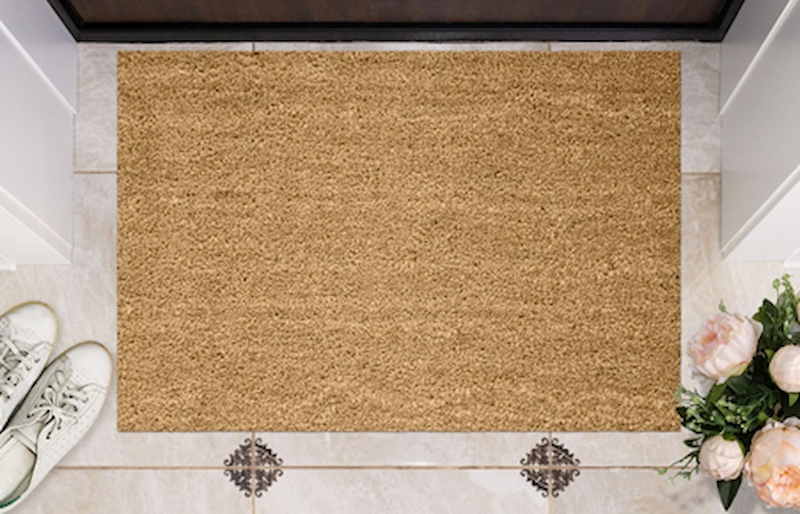
When cleaning your tiled flooring, be sure not to saturate the floor too much. This will allow product and water build-up, turning your light grout into dark lines. After you have mopped the floors, it can be pretty easy to let them air dry, but drying them with an old dry towel can quickly extract the moisture from the grout. Regular sweeping and vacuuming can also help prevent dirt from building up and stains.
How to Clean Grout With Bleach
It isn’t easy to clean the grout between tiles, so it is always best to use preventative measures to ensure they don’t need regular maintenance. If you have an issue with stains or limescale, there are many products available to buy that will do the job, but it can be much cheaper using any brand of bleach.
What you will need;
- Bleach (any brand will work fine)
- Old toothbrush
- Old cup or bowl
- Rubber gloves
We only suggest this measure with well-ventilated bathrooms due to bleach chemicals, which can be harmful in concentrated doses. Before using this method, ensure that you wear rubber gloves and clothes that you are not worried about staining.
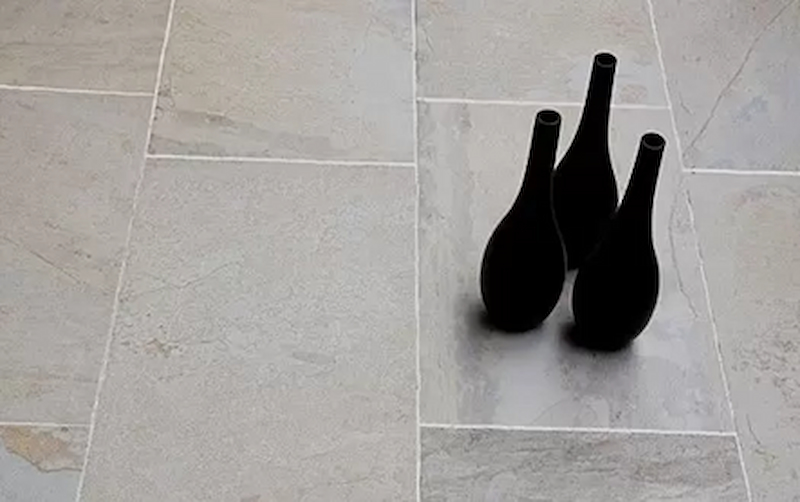
To use bleach neat, all you need to do is pour the bleach into your old cup or bowl. Use the toothbrush to dip into the bowl of bleach and scrub it into the grout. Use firm pressure on tough stains and leave it to soak for about 10-15 minutes. We would advise not letting anyone use the area during this time so they do not come into contact with the chemicals. Once the bleach has soaked, use water to rinse the product away. Make sure you use a dry cloth or squeegee to wipe any excess water away.
How to Clean Grout With Baking Soda and Vinegar
While just as successful as using bleach, this method is less harsh and better for bathrooms that do not have good ventilation. This method also uses everyday household items which can be found in most kitchen cupboards.
What you will need;
- Baking Powder
- White Vinegar
- Toothbrush
- Old cup or bowl
You will need to make a paste out of the vinegar and baking powder to use these products. This process isn’t an exact science and will rely on your judgement. Once the paste is ready, you will need to apply it to the grout lines around your tiles. Once applied, you will need to scrub the area, using more pressure for tougher stains. Again this is best left for between 10-15 minutes to soak before rinsing off and drying.
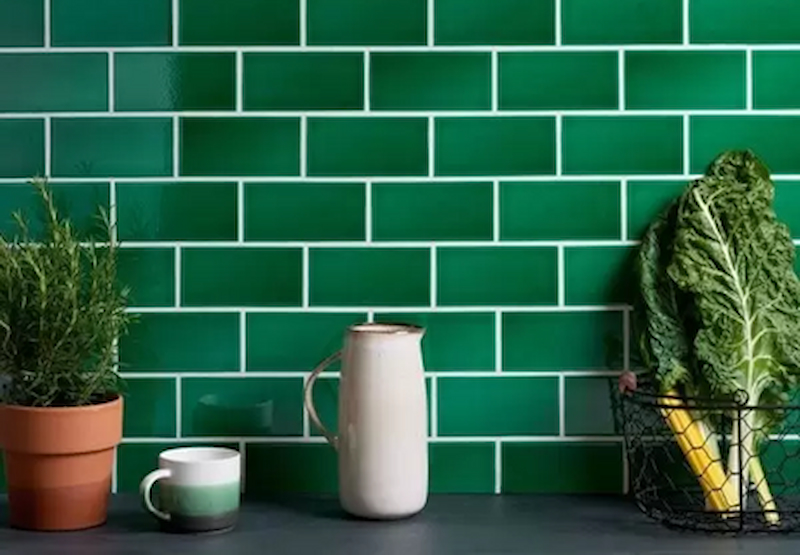
With these methods, you will be able to proudly show off your tiles to any guest without grout embarrassment. However, if you are looking for an upgrade of your tiles, as proud Winchester tiles stockists, we are sure we have a tile to suit your style. We are one of the best online tile suppliers in the UK, so feel free to get in touch for advice on tiles and looking for your next beautifully designed room.
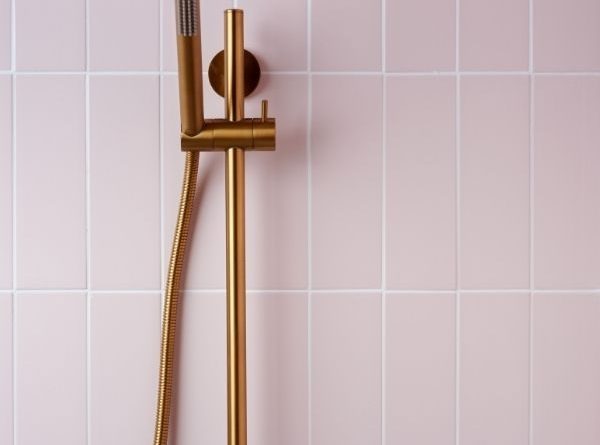

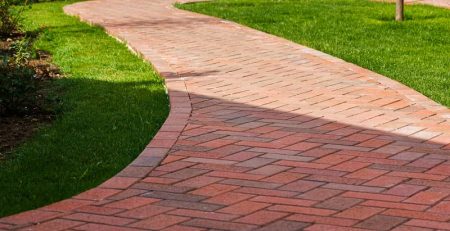
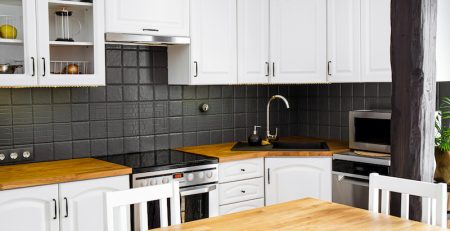
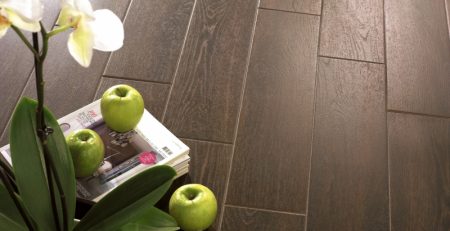
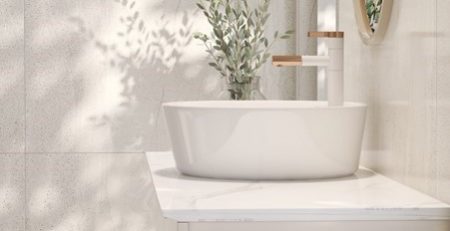

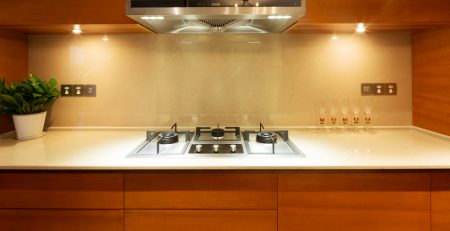

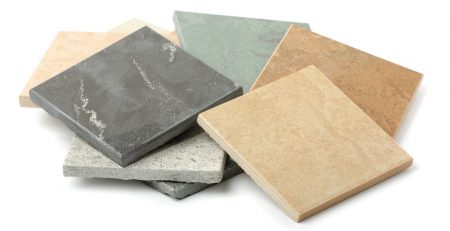
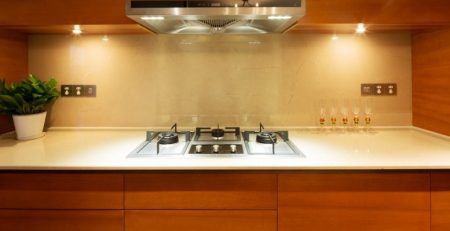
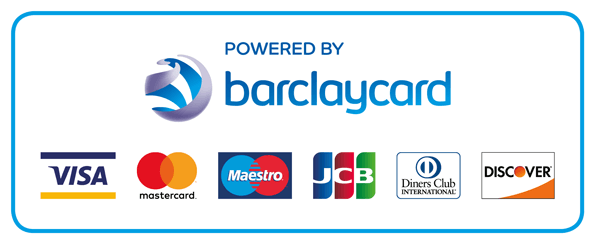
Leave a Reply